CTP - this is the document that protects the rights of the victim in an accident. The insurance company may partially or fully indemnify the injured party. And in such a case it’s not at all difficult to understand. However, it so happens that the inspector of traffic police recorded mutual fault in an accident. How then are losses covered? How is it most profitable for yourself to get out of this situation? Let's figure it out together. 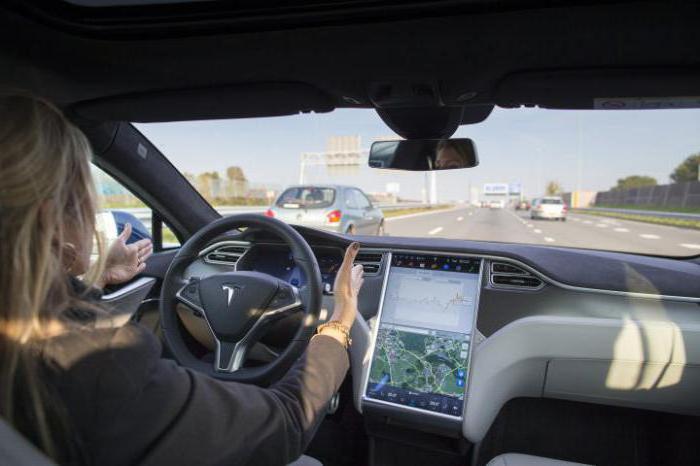
The term "fault" in an accident
In general, guilty of an accident can mean any actions of one or more participants in the movement that entailed an emergency on the road. In minor incidents, only property (personal, municipal) suffers, but serious accidents can take even human lives.
All accidents can be divided into three groups:
- when the fault of one participant is obvious, and all payments are sent to the affected party;
- when it is impossible to establish blame for any reason (usually these are conflicting statements by the participants). In such cases, cases are referred to court;
- when both participants in the movement are found guilty. This is an accident through mutual fault.
What is mutual guilt in an accident?
You can talk about a "mutual" only if the accident belongs to the third group. Although in the legislation of the Russian Federation such a term does not exist. So accidents are designated only among traffic police inspectors. When unequivocal evidence of the guilt of one or the second participant is not found during the investigation of the incident, mutual guilt in an accident is recognized and motor third-party liability insurance can cover the losses of two victims.
With a "mutual" inspector must draw up two protocols. Each protocol per participant. The protocol must indicate what exactly the driver violated and what liability is foreseen for this. Otherwise, insurance against mutual fault in an accident will not be paid.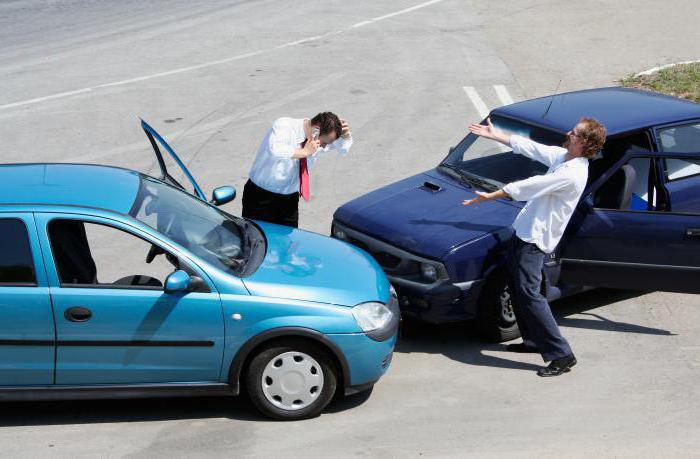
You can contact your insurance agent only if you have the correct protocol on hand. If the protocol contains errors, then the payment may be refused.
Mutual CTP Payments
When can an insurance company refuse to pay for compulsory motor third-party liability insurance with a "mutual"?
It would seem that it might be easier to pay if mutual fault was established in an accident. Compensation for CTP is divided into two parts. However, not all so simple. Sometimes the insurance company refuses to apply for payment. To know how to avoid such an outcome, it is necessary to analyze situations in which you can get a refusal from insurers. They are listed below:
- one of the perpetrators was not included in the current OSAGO policy;
- one of the participants was intoxicated;
- one of the participants (perpetrators) appealed the decision on the mutual accident in court;
- one of the culprits left the scene.
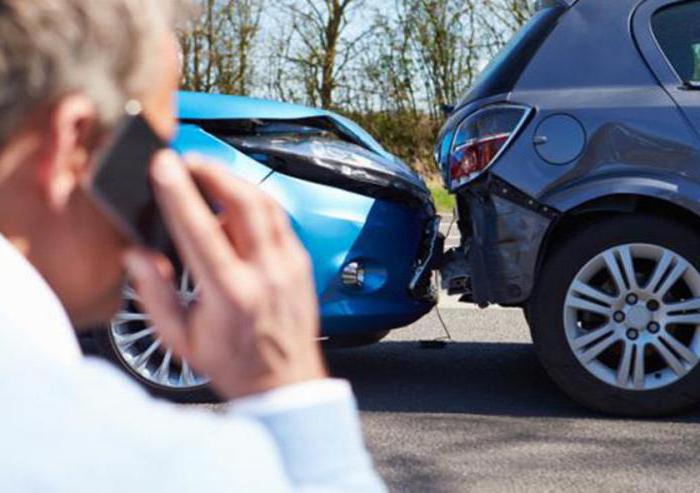
CTP payments in case of accident
It does not matter which accident was recognized - with one guilty accident or mutual guilt. The insurance company always works according to one scheme. How to behave in case of an accident so that in the future you do not receive a refusal to reimburse expenses? The necessary information is presented below:
- To begin with, it is worth remembering that it is forbidden to leave the scene.
- If there are victims, then they need to provide first aid and call an ambulance.
- Next, you need to call an inspector or emergency commissioner.
- Record the telephone numbers and policy numbers of all participants in the accident.
- Take detailed photos from the scene.
- Draw up a protocol, fill out a field for the scheme, and also receive a notification and a certificate of an accident. The last two papers are issued only by the inspector.
After all the documents are collected, you must contact the insurance company. This must be done in the first five days after the accident. It is worth noting that now each participant in the accident should contact his insurance company when documents were brought to the company of the culprit before.
You can file your own application for damages to the insurance in two cases:
- if the culprits were found;
- if the cause of the accident could not be determined.
Mutual fault insurance claims
Many drivers are interested in the question, how is the damage paid if mutual fault was established during an accident? Insurance company payments depend on some requirements, which also need to be known when the "mutual" was recognized:
- in order to arrange an accident according to the rules, it is necessary that all participants in the incident are included in the current OSAGO policy;
- also, with mutual fault, it is necessary to pass an examination for the absence or presence of alcohol in the blood of all drivers;
- payments can be suspended if one of the parties filed a lawsuit against the other or decided to appeal the decision already made;
- payment of the "mutual" will take place only if all the participants in the accident remained strictly in their places, and also none of the drivers left the scene.
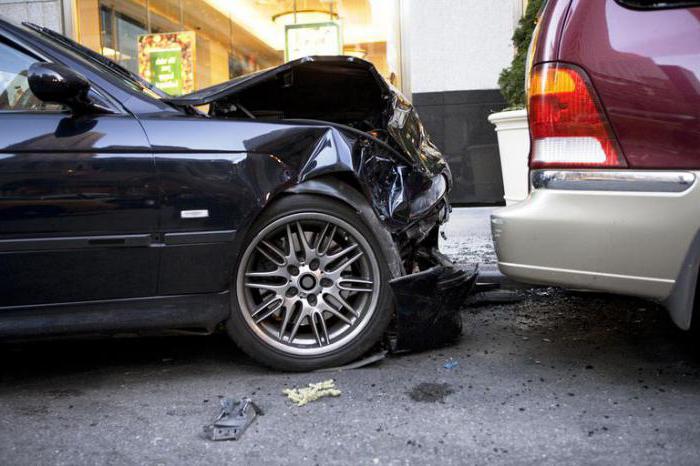
All 4 requirements must be met. If at least one of them is violated, then compensation for damage can never be expected.
How is the money divided?
Mutual fault in an accident involves sharing the compensation between the participants in half. However, this is possible only with the correct filling of all papers, as well as upon presentation of a certificate from the inspector, who really recognized the "mutual".
If all the rules have been followed and all the steps have been completed, then the insurance company usually makes a decision very quickly. The term does not exceed 15 business days. But in some cases, the process may be delayed.
So, what affects the process of making payments? Let's figure it out.
- If the fault of both participants in the incident was established, then compensation for the damage should be made by the insurance company according to the amount of damage to the applicant.
- If three cars were injured in an accident, then the amount of compensation of the guilty party is divided equally among other participants.
- If the inspector was still unable to establish the reason why the accident occurred, then according to the Law, the required amount, which the insurance company determines, is divided among all participants in equal shares.
It is worth noting that mutual guilt in an accident is not always beneficial to the participants. Of course, two participants will receive compensation, but sometimes the divided amount is not enough for the victims to restore the car, and they have to pay for repairs from their own pockets.
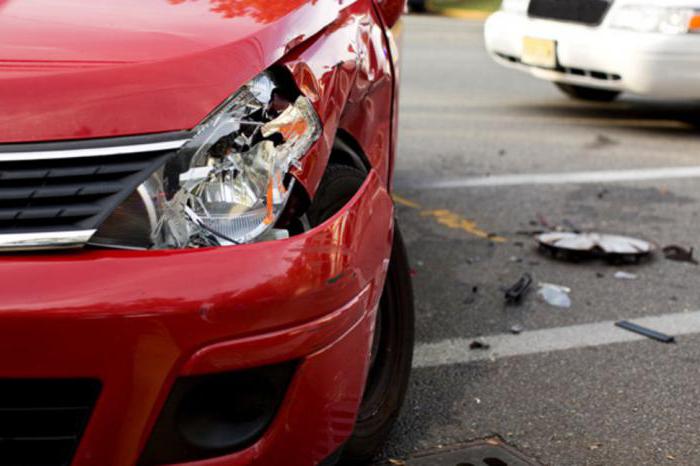
What else do you need to know about the "mutual"?
Before analyzing the examples, it is worth noting that mutual fault in an accident is recognized extremely rarely. It is worth sharing mutual guilt and guilt, which did not pose a danger to other participants in the movement. For example, you should not compare the exit to the oncoming lane and an unfastened seat belt, since these two violations are not equivalent.
As mentioned above, mutual fault in a traffic accident guarantees two participants the same payments, however, far from always employees of insurance companies agree to double losses. In this case, lawyers strongly recommend suing insurers. During the trial, the court will not only determine the amount of the payment at its discretion, but may also impose a serious fine on the company.
In addition, do not forget about your rights in those cases if the policyholder has decided to delay the payment of compensation to you. Of course, you should not file a lawsuit immediately. It is enough just to write them an official letter, the text of which will indicate that if the deadlines are violated, the victim will be forced to sue.Typically, such threats affect insurance companies.
Lawyers also remind participants of an accident that if their car is younger than three years old, then the person has the right to demand additional compensation from the insurance company for the loss of the market value of the vehicle after repair. To do this, order an examination and send the original report to the company.

Underwater rocks. Example 1
Lawyers strongly recommend that in case of mutual guilt in a traffic accident, carefully check all the data that the traffic police inspector fills. Such a situation very often happens that one of the participants pleads completely guilty. However, later it turns out that the final amount is not enough to cover the damage, and the person has to pay the "balance" from his own pocket.
It's time to go for the trick. You must contact the insurance company and admit mutual guilt in an accident. Insurance payments should be divided equally between the two participants, but if only this will be proved in court (since the act has already been drawn up). Next, you need to ask for help from a car dealer, who will protect the "culprit."
Underwater rocks. Example 2
It also happens that mutual guilt in an accident can be "apparent." Such an error can happen if both participants actually violated the rules of the road, but the “error” of one does not have a causal connection with the incident. In such situations, lawyers insist on the full payment of insurance to the injured person, despite the fact that the protocol says something completely different.
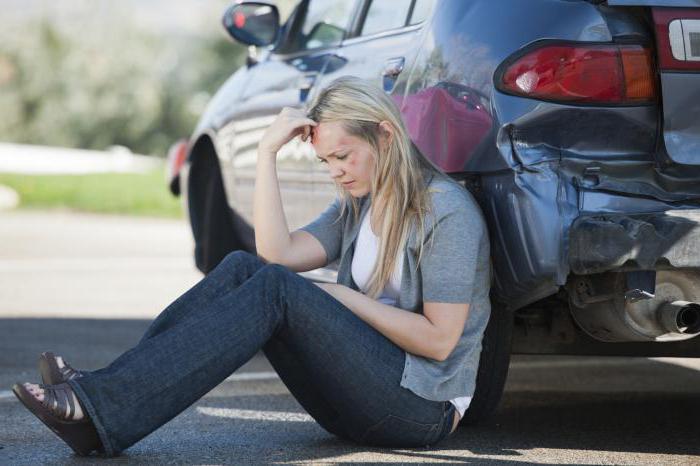
The most striking example of such a situation is when one driver was driving at a crossroads to a traffic signal that was forbidding, and the second to an authorizing one, but with speeding. They collided. It would seem that both are to blame. But in fact, the culprit should be recognized as the participant in an accident who was driving through an intersection at a red traffic light.